DISCOVER THE CAMPANIA REGION
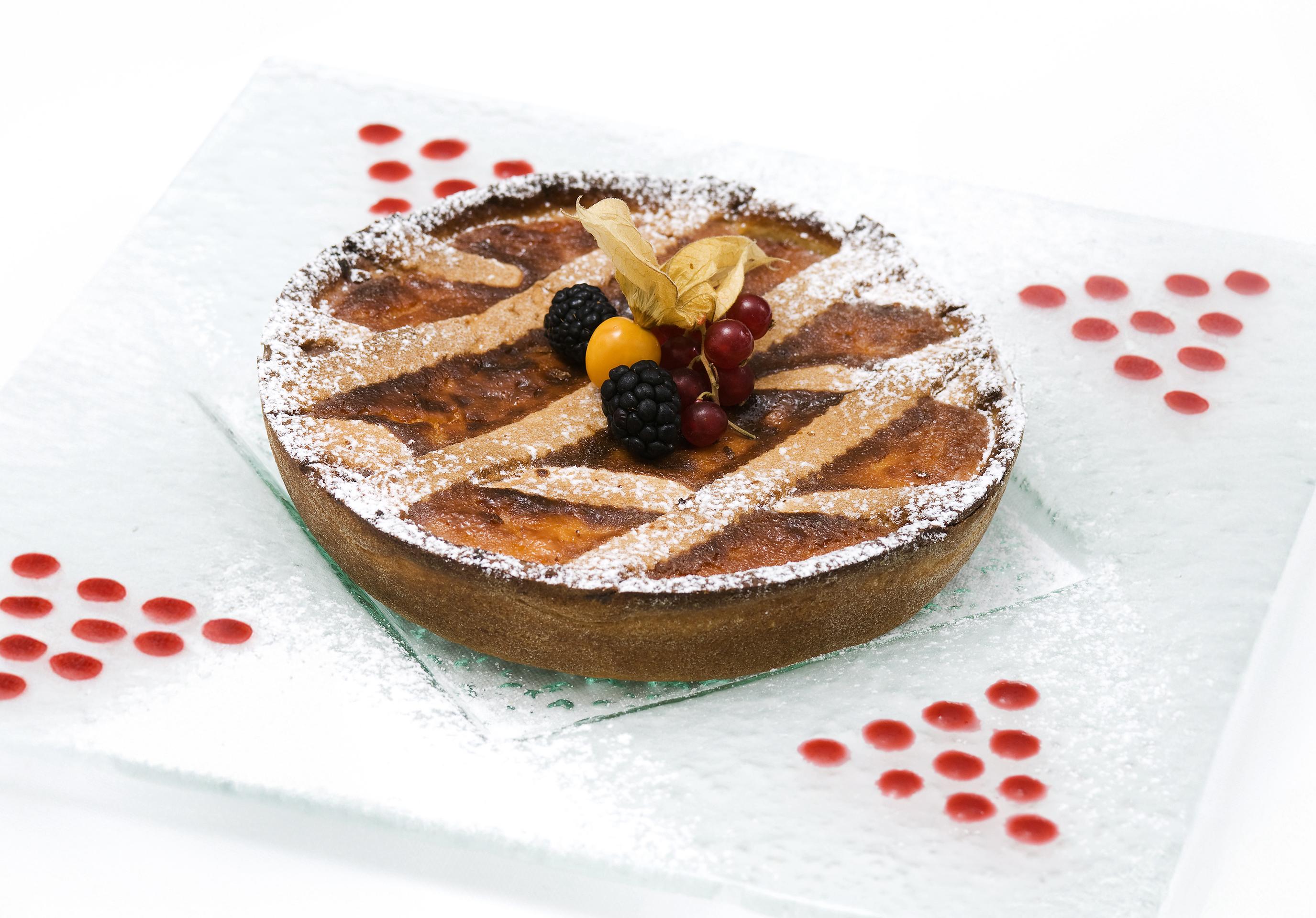
In his "Gatta Cenerentola," perhaps the most famous of the fables collected in "Lo cunto de li cunti overo lo trattenemiento de peccerilli," published in its first edition in precisely the year 1634, Giovan Battista Basile mentions a list of delicacies including the pastiera.
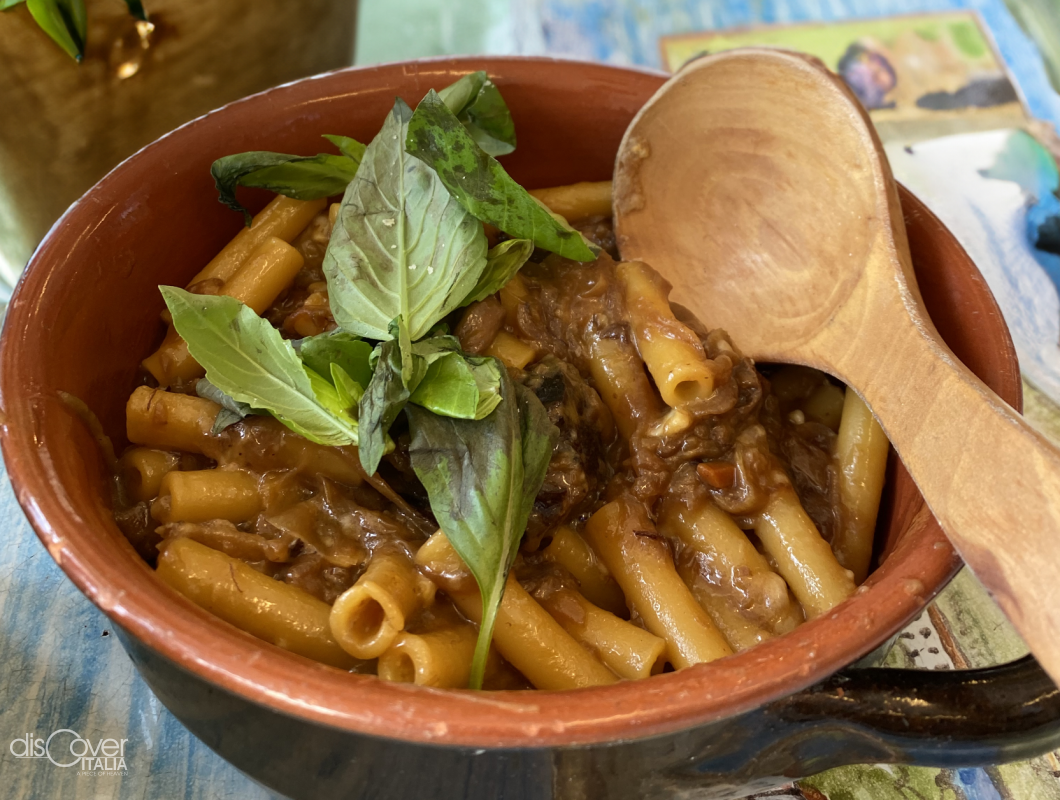
How much it actually had to do, at least originally, with the city to which the name connects it, is unclear. Certainly, the "Genovese" is one of the most characteristic dishes of Neapolitan cuisine and one of the most frequent presences in holiday lunches.
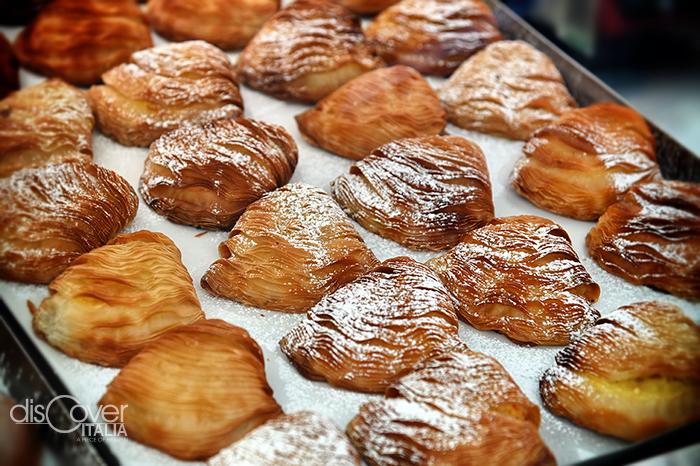
“Riccia” or “frolla”, according to taste, is the best known and most characteristic of the many delicacies of Neapolitan pastry. And it has an illustrious and greedy ancestor. Two centuries older, very similar in shape as in the sweet and aromatic filling.

“A coffee pot on the stove is enough to fill a room… (Erri De Luca)
At first, she didn't really like it. That novelty, which had come from came from no one knows where,had not obtained the favor of either the lords or the people.

They are ancient desserts. With an unmistakable flavor and an aroma that immediately makes Christmas.

The totem dish of the city is prepared with beef or pork meat, onions, tomato purée, lard, extra virgin olive oil, red wine, garlic, salt and pepper, using a terracotta saucepan in which, after having chopped lard and garlic, put the meat tied with a kitchen string together with the chopped onion, oil and a pinch of pepper.

A view holding seven centuries of history. Seated comfortably at a beautiful table made of ceramic with festoons of fruit and flowers, the window offers one of the most charming and characteristic views of Naples.
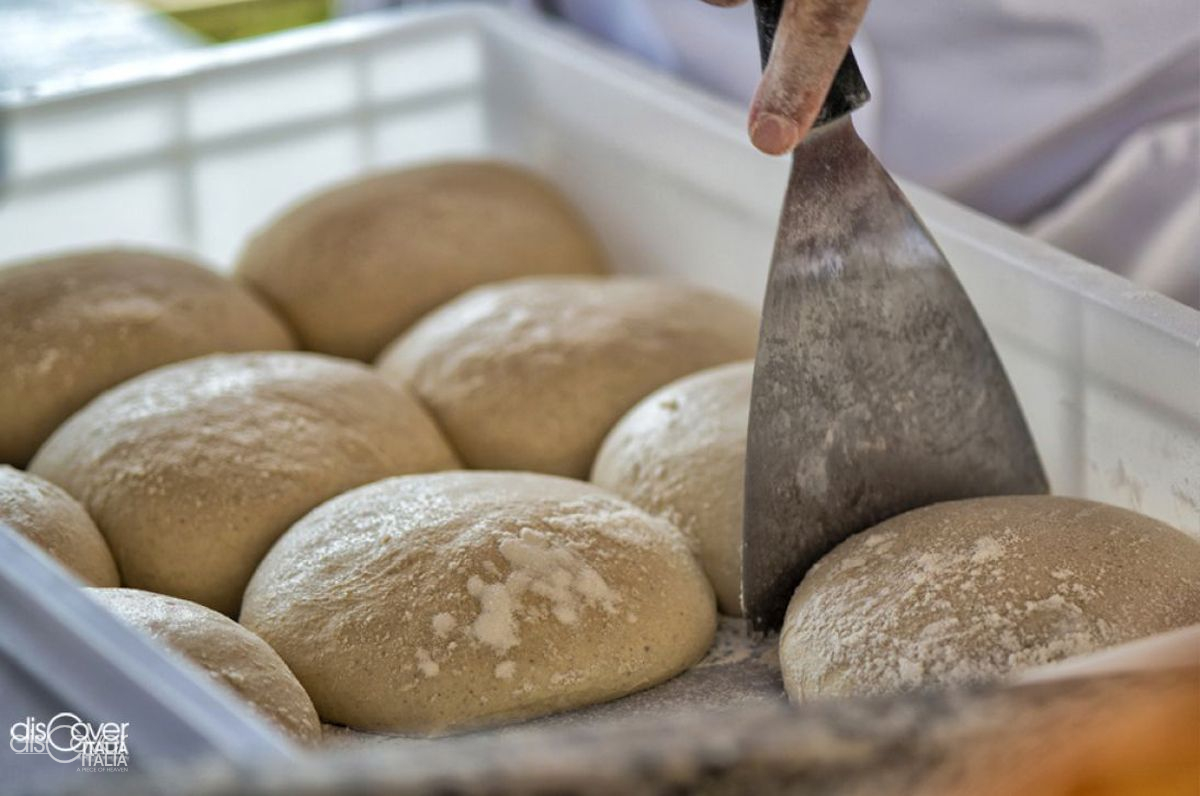
 Originally, it was only a flat bread seasoned with different ingredients, according to the availability. But the simple mix of water, flour, yeast and salt has become the basis of one of the most famous foods and appreciated in the world only thanks to the production techniques and improved abilities of the Neapolitan “pizzaoioli” over centuries.
Originally, it was only a flat bread seasoned with different ingredients, according to the availability. But the simple mix of water, flour, yeast and salt has become the basis of one of the most famous foods and appreciated in the world only thanks to the production techniques and improved abilities of the Neapolitan “pizzaoioli” over centuries.
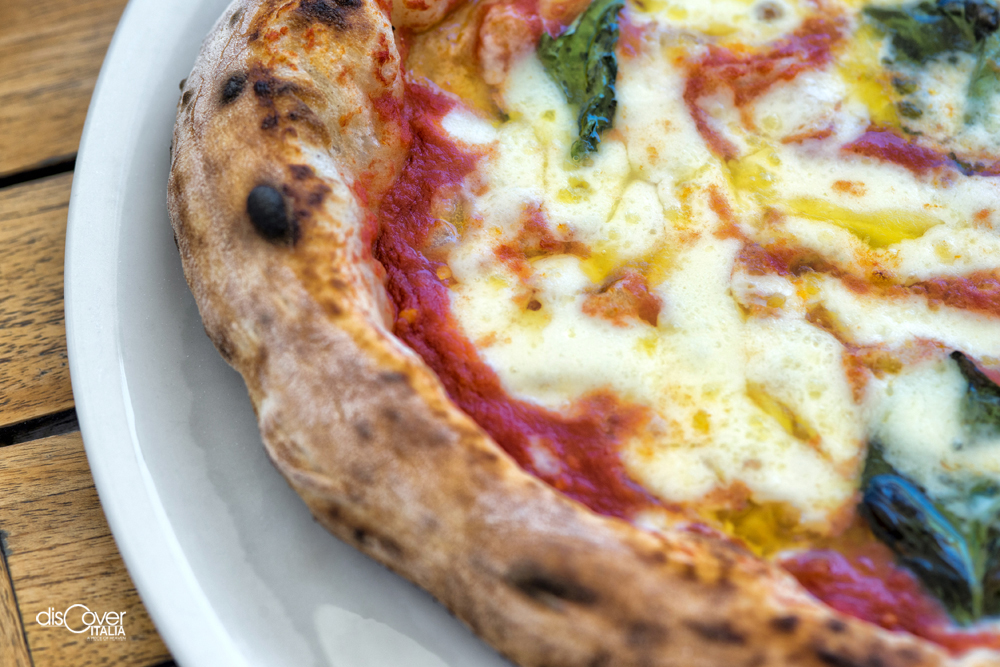
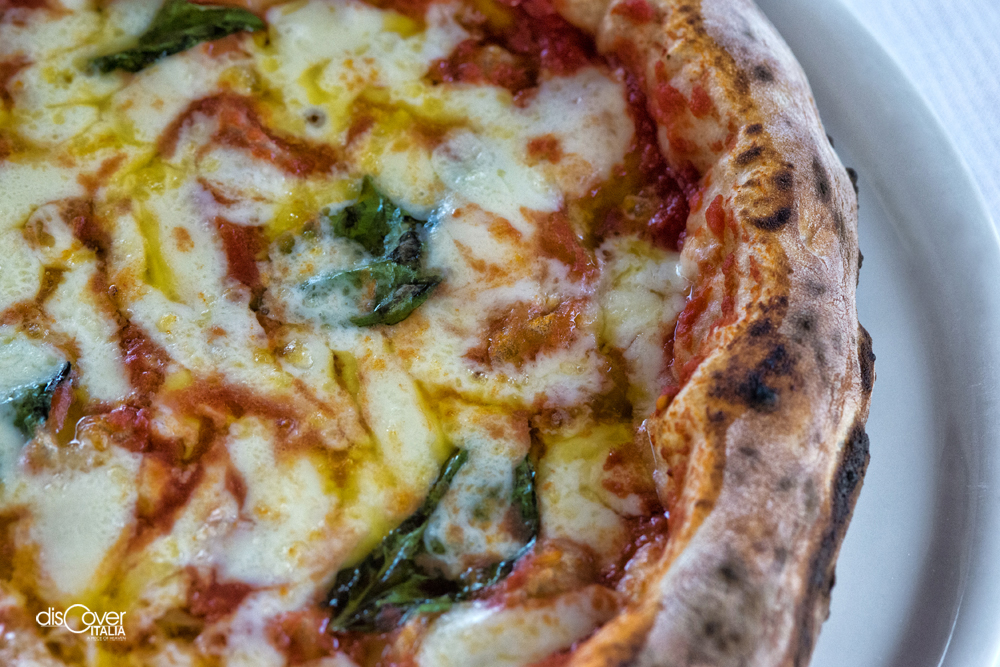
Mastunicola, Marinara or Margherita,
it's always the pizza of Naples
The arrival of tomatoes from Peru at the beginning of the
...Copyright © 2025 - All rights reserved. Any type of reproduction, even partial, without permission is strictly forbidden.